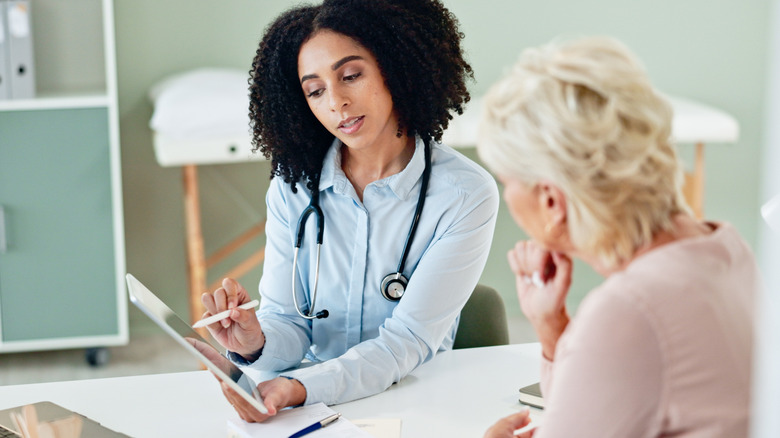
For many people, instantly drifting off to sleep as soon as their head touches the pillow remains just a dream. In these hectic times, with our minds racing constantly, finding that perfect moment to slip into dreamland can be quite a challenge. However, what you may find intriguing is that sometimes, before falling asleep, you might experience hallucinations.
These hallucinations, known as hypnagogic hallucinations, occur just before sleep. They can be so vivid that distinguishing them from reality may be challenging. According to the Cleveland Clinic, up to 70% of people might encounter hypnagogic hallucinations at least once in their lifetime. Their impact can vary, but they often engage our five senses.
For most individuals (86%), these hallucinations are visual, involving seeing things that aren’t there. This can include images, such as specific people, or colors, patterns, and flashing lights. Somatic hallucinations are less common, with 25% to 44% of people experiencing sensations of non-existent things. For example, you might feel a presence while falling asleep or sense your body tensing up from imagining a fall. The third type involves auditory hallucinations, where you hear sounds that aren’t real. This can be unsettling when trying to sleep, but it’s the least common type, affecting 8% to 34% of individuals. In rare cases, people report smelling non-existent odors.
Why you might experience hypnagogic hallucinations

There isn’t a single reason why someone might experience hypnagogic hallucinations, but certain conditions can increase the likelihood. According to a 2021 study in Acta Psychiatrica Scandinavia, individuals with narcolepsy, which causes sudden sleep episodes, and cataplexy, a sudden muscle weakness often linked to narcolepsy, are more prone to these hallucinations. A 2015 study in the Indian Journal of Psychiatry also found a connection between hypnagogic hallucinations and schizophrenia.
However, these aren’t the only factors. People with Parkinson’s disease, insomnia, anxiety, or a history of drug and alcohol use may also have an increased risk (per Medical News Today). Additionally, sometimes these hallucinations occur without an identifiable cause – it’s just our brain acting a bit oddly before bed.
When you should see a doctor

In most cases, hypnagogic hallucinations are harmless. However, if they persist and become more frequent, consulting a doctor to rule out any serious conditions like neurological disorders may be wise. If you’ve never experienced these hallucinations and suddenly encounter them frequently, it could be your body’s way of signaling that something isn’t right (per Medical News Today).
If you’ve been evaluated and are certain that your hallucinations aren’t due to more serious issues, focus on managing and minimizing them. Avoiding drugs and alcohol, establishing a sleep routine (here’s how much sleep you should get each night), and ensuring your bedroom is dedicated to rest – which means keeping your phone out of the room – can help. Ensure the room is dark, at a comfortable temperature, and focus solely on achieving a restful night’s sleep (per Sleep Foundation). If you’re too wound up before bed, take steps to relax and meditate, so you approach sleep with a calm mindset to reduce the likelihood of hallucinations.
“`




